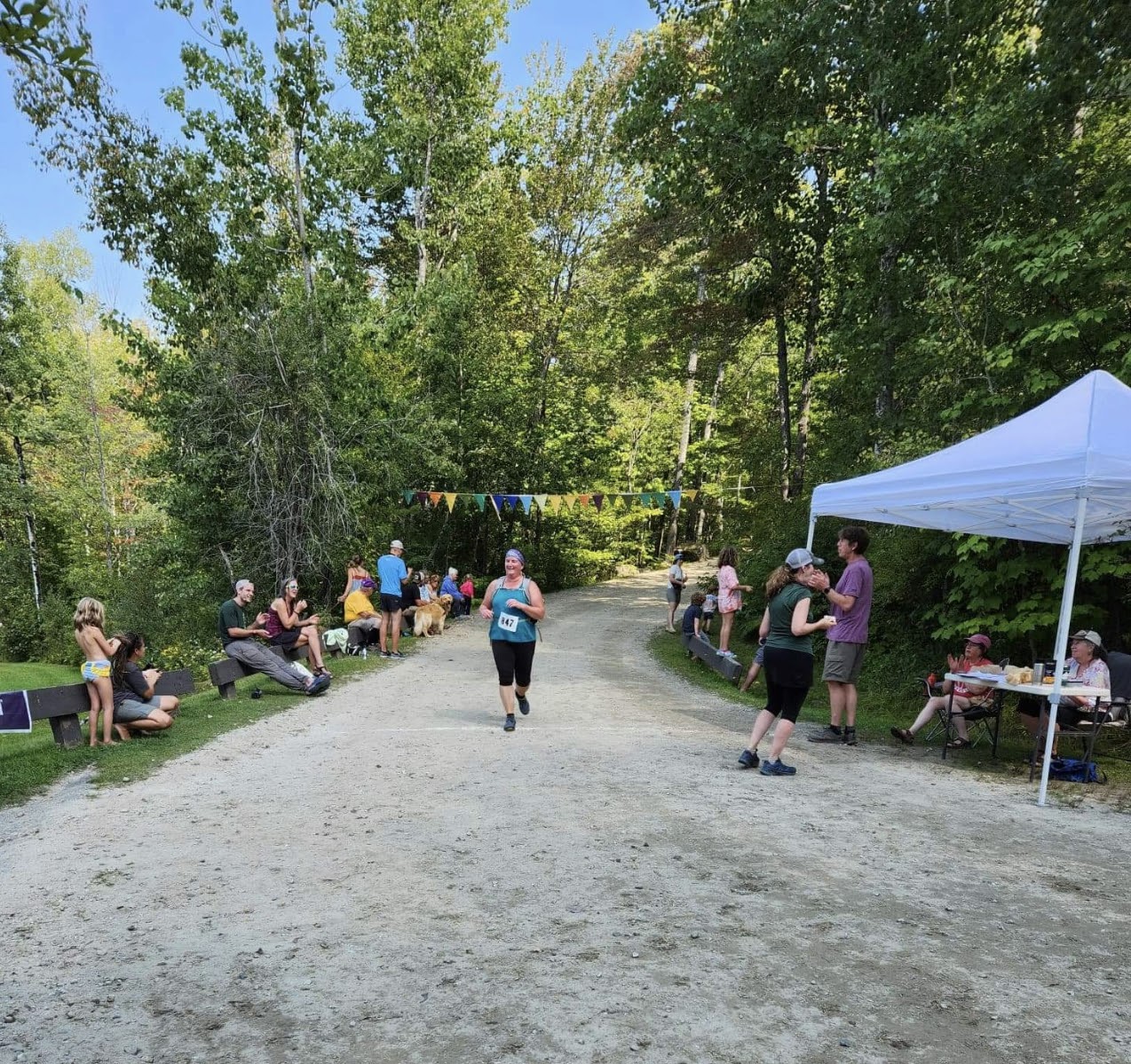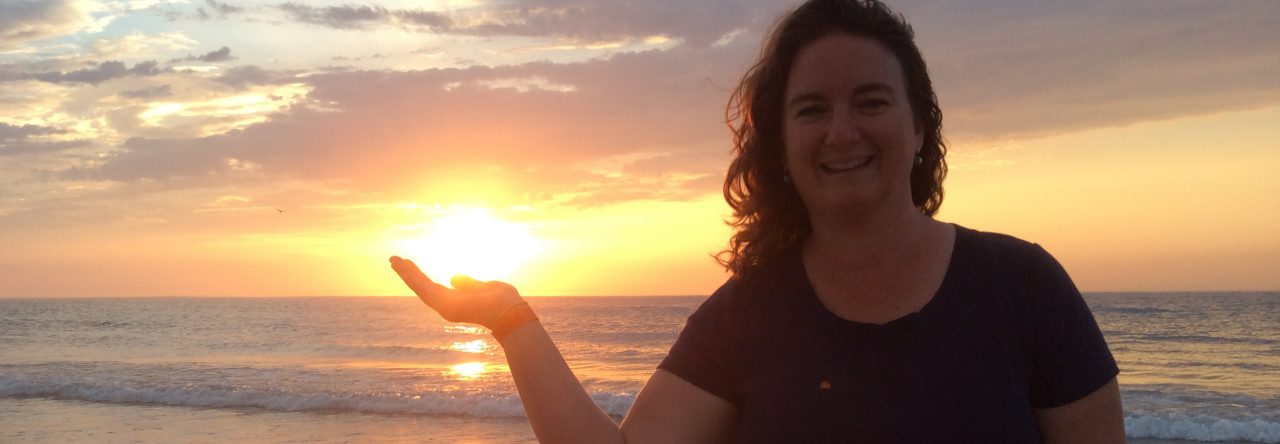
Reflecting on our values and our teaching practices is one of the most powerful ways to deepen our roots and to grow. Sharing those reflections with others is one way that we can mentor or support other teachers experiencing the same thing that we’ve gone through. So I offer my reflection of figuring out my core values while grieving, and how to navigate grieving while teaching….and I hope that it helps in your own journey.
As a lifelong learner, I continue to learn and grow. I believe that my teaching evolves each year, but at the foundation is one core value that I hold as my ‘true north’ ~ “LOVE”. Throughout my career my administrators, co-teachers, assistants, families, and children all remark how my classroom feels warm, nurturing, and safe. It’s a place that oozes with love and positivity. Parents especially appreciate how I create a sense of belonging and the trust that they feel by my approach with their children.
The fact of the matter though as teachers some years are tough because of our personal lives and so I want to share about one of my most difficult years of my life. One week prior to the start of school, my father passed away suddenly from testicular cancer and all I wanted to do was to climb into bed and keep the covers over my head. How on Earth could I manage to pull myself together to be an upbeat, organized, and fully present preschool teacher?
By some sweet miracle the school contacted me and said that preschool would have to be delayed opening by one week because of the odor of the gym floor being replaced. I was so grateful because I needed that week to pull my emotions together after the grief of losing my father. I felt like I needed to spend more time outside in nature alone, and to explore my own roots – who I was, what my values were, where I was going in my life, and figuring out who I was.

Before I knew about the delay in our start for preschool, I was so torn about taking care of my own health and being a fabulous teacher. I rarely take sick days, strive for perfection, and am in over-drive creating the best possible classroom that I can. At that time though I knew I couldn’t “pour from an empty vessel’ and knew I needed to take time for myself, time to grieve, and to process my emotions. So a huge gratitude to the universe for the delay in the gym floor so I could miss a week and still be there to start the school year with my preschoolers.
Creating community is one of my top priorities in teaching, and so I knew that I need to get the school year going on positive note despite my deep sadness. Chester Raccoon from the book “Kissing Hand” became my mascot in my classroom. I bought a raccoon puppet and used the puppet to teach about emotions. I thought a lot about how that kiss left in a palm could travel to the heart at anytime so the love of a parent could be felt, whether or not they were present. Though the book is about separation when a child goes to school, the parallel for grief work was very healing to me.
In many ways as we work through grief we wear a mask. Especially for our students and our own children at home, we want to be able to be present and upbeat so we put on the mask of ‘happiness’. Though I realized that I also needed to take time to grieve and to heal so I had to prioritize my ‘alone time’ when I didn’t have to have the ‘everything is okay mask’. This part of the grief journey means connecting to others who have experienced the same loss and who support your vulnerability.
At this same time my mother was also undergoing ovarian cancer treatment which meant that I was making frequent visits to be with her. My parents had been separated since I was three years old, and so the chances of them both having cancer at the same time was more than symbolic to me. As I visited with my mom we chatted about many things and I felt more comfortable to ask her heartfelt questions than I ever had as a child.
It became clear in January that her diagnosis was terminal and I tried my best to come to terms with losing both parents in less than a year. It was simply unfair and unjust. I went through a phase of anger, but I knew that I needed to find “BALANCE” in my life to not be swallowed up by grief. This journey helped me become much more intentional about how I spend my time and how I prioritize my own personal health and the time that I have for my own family. At first it felt selfish but I realized that I taking care of ourselves, including taking sick days and bereavement days, is how we can continue to be our best selves.
On Easter Sunday, I sat by my mother’s bedside and held her hand as she took her last breaths. The words to the song, “Turn, Turn, Turn” were playing in my mind as I sat there taking in the fact that this was the last time I would be with her. My lifelong champion, confidant, and closest friend would no longer be a phone call away. How could I live in a world without my mother? My ‘true north’ felt completely pushed off course and I knew that reorienting the sails would take work and effort. That night as I laid in the guest room bed, my mind was spinning, and I cried myself to sleep. When I woke up, I felt something renewed in me a deep sense of purpose.
With the loss of my mother, I decided to take two full weeks off before going back into my classroom. I knew that my assistant teacher would do a great job, and that the children would be just fine without me. Letting go of perfection or thinking that I needed to put on a superhero cape was a HUGE shift in me. During those two weeks, I let myself truly grieve. I reflected on what I needed to do to be able to survive the last couple of weeks of school. Some days it felt like a survival situation and ‘just keep swimming’ was my mantra. The end of year tasks weren’t completed with perfection but it good enough really was enough. This was the first time in my career that I understood the vital importance of life / work balance, and when we reorient our priorities to care for ourselves we feel like we matter.
Five years have now passed since my father’s death and through reflection and inner work I can offer these thoughts:
– By striving to be a nurturing mother to my own children I honor the memory of both of my parents.
-By letting go of perfection and being a ‘flawesome’ teacher, parent, or spouse, I am happier and more content with my life. Owning our flaws is the best way to stop perfection from gnawing at us. My new mantra is “Purpose over perfection”
– By living with intention, I re-prioritize my life so that the precious time that I have here is lived fully, in alignment with my values, and with JOY. Before I commit to something, I check in to see if it fits with may values and life goals.
-By connecting with others I can create a new sense of “BELONGING” and though I felt like I had lost my ‘true north’ my memories always connect me to my parents, and other family and friends who have passed away. Connecting in real life to a small circle of friends who support and cheer each other on is vital to our health and happiness.
-Gentle self awareness and daily self-care makes the grief journey easier. Taking time to pause, breathe, and to remember that kiss in Chester’s palm is way that I can reset.
-I believe that when we are clear on our core values our decisions and path is easier to see. For me, my core values of love, balance, and belonging help me keep my life steered in the right direction.
Grieving while teaching can be very challenging and if you find yourself in that journey…my advice is to be gentle with yourself. Take time when you need it and communicate with your school team & home team when you need support. I believe that when we let go of ‘perfection’, we give ourselves some breathing room. As I think of the two people who had a profound impact on who I am, my parents, I know that their best qualities are deeply rooted in me and that keeps me grounded. Taking the time to grieve, to rediscover our roots, and to connect to others is essential.


![]()
![]() This week I was wavering in deciding whether or not to even show up. I was registered for the Groton Forest Trail Run 10K. I know my pace and I knew it would be hard. The three friends I had planned to race with all decided not to race. It was going to be a sunny and warm, but I also knew the humidity would slow me down. I had made a commitment to myself to participate but my summer training plans had gotten derailed so I felt like I had some great reason to skip it. I contemplated it all week and finally the day before I decided to commit to just showing up and finishing, regardless of my time. So the morning of the race, I wrote this reflection on my favorite Aesop fable. I definitely believe that there is a powerful life lesson on embracing being a tortoise!
This week I was wavering in deciding whether or not to even show up. I was registered for the Groton Forest Trail Run 10K. I know my pace and I knew it would be hard. The three friends I had planned to race with all decided not to race. It was going to be a sunny and warm, but I also knew the humidity would slow me down. I had made a commitment to myself to participate but my summer training plans had gotten derailed so I felt like I had some great reason to skip it. I contemplated it all week and finally the day before I decided to commit to just showing up and finishing, regardless of my time. So the morning of the race, I wrote this reflection on my favorite Aesop fable. I definitely believe that there is a powerful life lesson on embracing being a tortoise! ![]()

![]() Frenzied and boastful?
Frenzied and boastful?![]() Calm and consistent?
Calm and consistent?![]()



 (
(